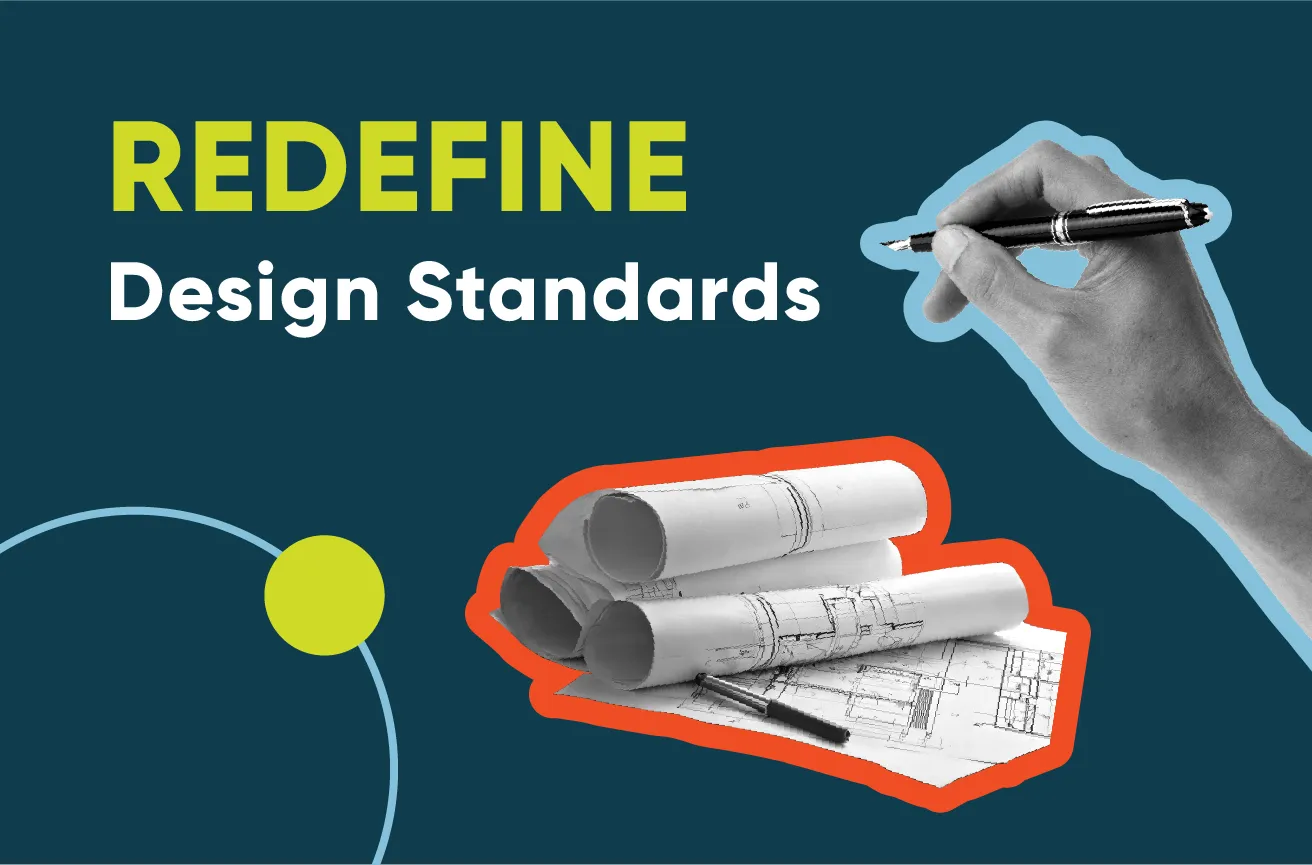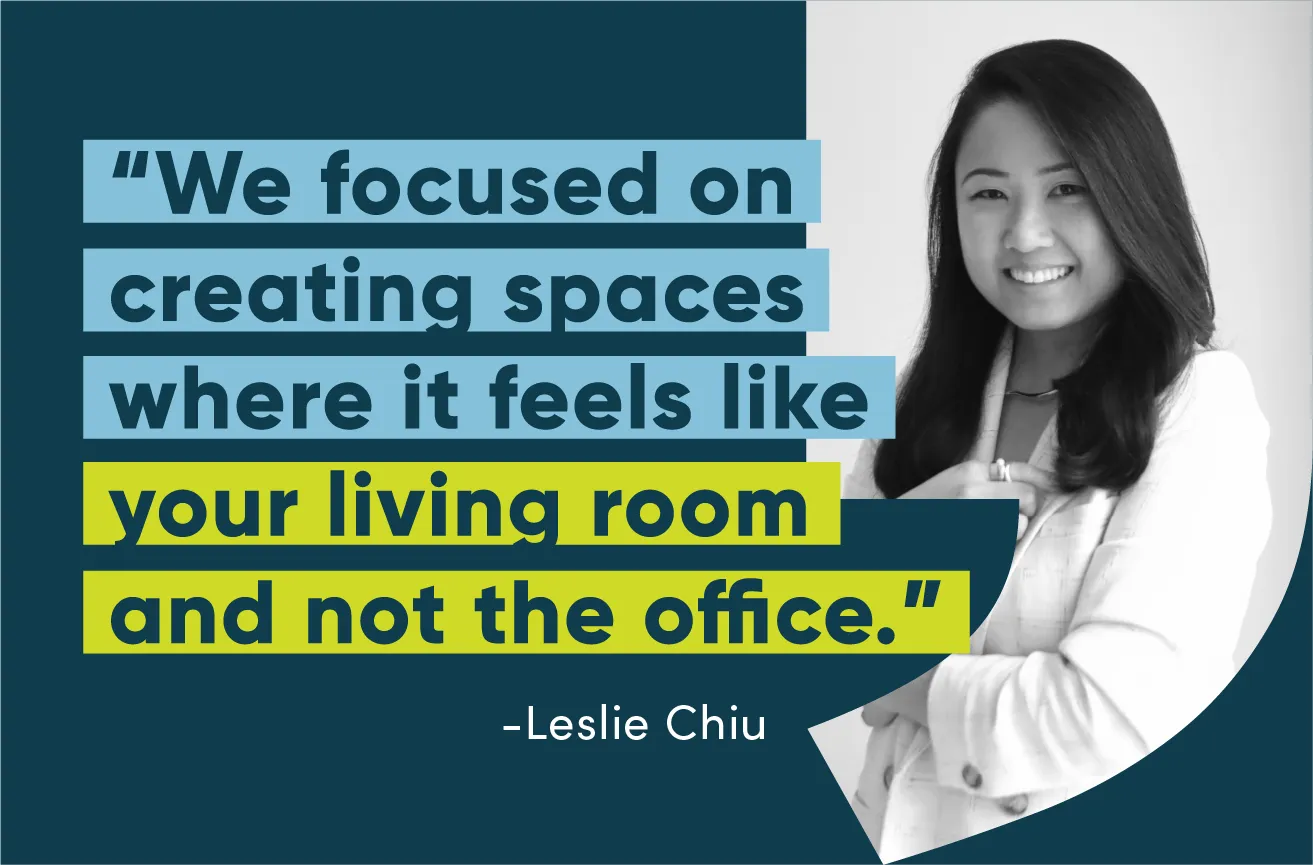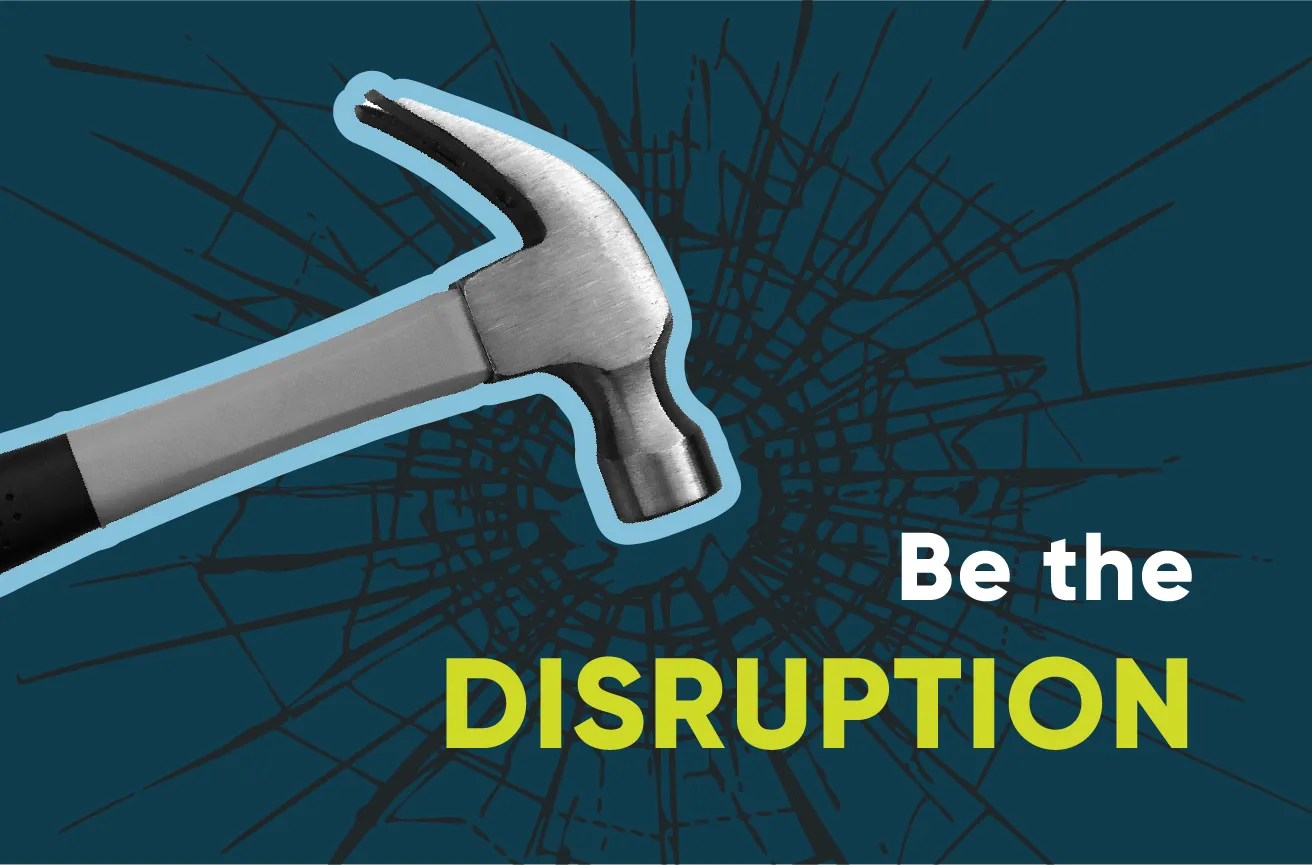Introduction:
In the evolving world of architecture and design, the ability to challenge conventions and drive innovation with a clear purpose is essential—and frankly, slow in comparison to other markets. Leslie Chiu, with her extensive background in design and her tenure at WeWork, exemplifies how visionary leadership can reshape the landscape of workplace design.







